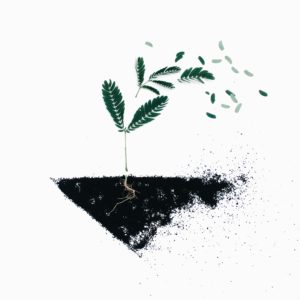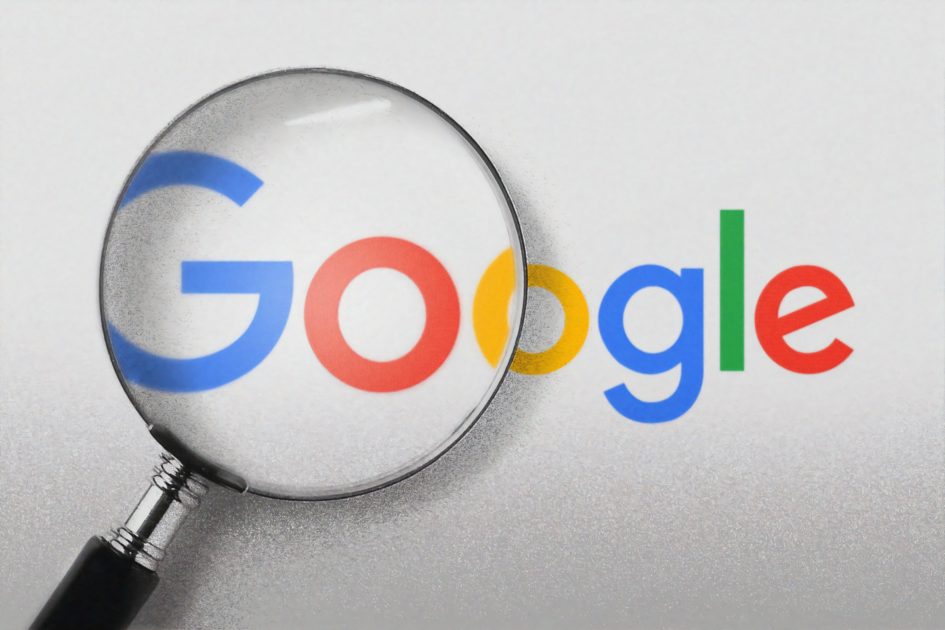My Experience
Over the spring of 2020, the world came to a screeching halt and everything seemed to change in an instant. As a teacher, this meant a complete flip from in-class learning to completely online. I was in the fortunate position of already using technology as a regular practice in my classroom, but even so, sometimes it was not enough. Many teachers had to stare into an ocean they had never seen before and while some teachers had rafts to support them, for many it was their first time swimming.
Covid-19 highlighted the gaps in the digital literacy between classes, students, and teachers. It emphasized the fact, that even if you used different platforms on a regular basis inside your classroom, the students still had many questions in order to use the platform effectively.

Photo by Suad Kamardeen on Unsplash
I received a constant stream of emails from parents having troubles with basic aspects of handing in assignments or accessing resources that I posted. I personally felt a bit let down by my students when they admitted to having these problems, as we had used this platform over the entire school year. I also had the unfair impulse to just to send an email the parents that said…”Google it,” but I resisted and sent them the appropriate video or link to help them solve their problem.
Stepping back, I realize that I needed to be more understanding… way more understanding. Everyone’s lives had been turned upside down, parents were working from home and doing their best to work while having to provide support and to help their children with their learning activities.
Another extremely important point was that my students did not have each other to ask questions of or ask for help from the adults in the room. Everyone was alone in their own bubble and it was hard for anyone to be at their best.

Photo by Noah Silliman on Unsplash
That is the inspiration for creating my outcome for our group website, which I’ve stated as follows:
“Teachers will be able to use and navigate a variety of websites and platforms to facilitate learning and be able to share resources with parents and students.”
I created a cache of resources that teachers could use to answer questions that arise when using either Google Classroom or FreshGrade. These two platforms are heavily used in the Greater Victoria School District and it seemed practical to use something that I deal with on a daily basis in school.
I used the Berkley Library: Evaluating Resource Guide for justifying and critiquing my resources that I used. The creators of most of the content in the resources are directly from Google or FreshGrade. I found that both companies had an excellent repertoire of resources for optimizing the use of the two platforms. However, buyer beware… because although these companies create excellent up-to-date resources for their products they are incentivized to do so in order to sell more products and grow their companies. It is important to remind teachers, to always be thinking and be critical of the voice behind the resources that they are using. You don’t want to get caught drinking the Kool-aid.
Google is a major world force and has its hands in everything. FreshGrade is a smaller company established in British Columbia and has proven itself on the educational stage. But do not look past the fact that they are both companies trying to promote their product and make more sales. However, this does not mean that there isn’t value to the platforms and support resources that they have produced.

Photo by César Abner Martínez Aguilar on Unsplash
I attempted to organize all of the relevant information and resources in one location as I found the originating websites were filled with so much information that finding specific answers to questions required sifting through loads of content.
For the sources that are not directly from Google or FreshGrade, I focused on making sure that creators were associated with a school district or were actual educators themselves. I particularly value the content created by the individual educators because they appeared to create content to fill any perceived voids.
The regular use of Google Classroom and FreshGrade requires digital equity for the students of a classroom. In general, the use of the platforms require access to the internet and a device. Also, many districts, schools and teachers use a variety of different platforms to facilitate remote learning and online class management.
Specially Google Classroom and FreshGrade’s audience are principally educators and academic institutions. Google in general has its hands in everything technology and is perceived as a global force with their products. The other resources are primarily teachers who have created YouTube content for their channel to grow or districts trying to relay information to their constituents.

The mediums that most of the resources follow are either a mix of webpages, screen casting/video or step-by-step instructions with pictures to achieve a specific goal of the platform. These mediums are a standard practice that how-to instructions follow. It allows the user to see visually and gain clarity of the steps needed to accomplish a certain goal.
The resource pages cover a range of topics and go from fairly broad to very specific. As stated earlier, the intended use of the resource page is to offer educators a cache of resources that they can have quick access to and share if needed.
Some of the resources were created specifically for Covid-19 and the shift into remote learning, however, the resources also have transferable qualities that can be utilized during regular class time.
Overall, it is my hope that these resources will ensure easier navigation for educators to use these two platforms in their classroom and while having a collection of resources at their fingertips to distribute to parents and students in order to facilitate their learning and grow their digital literacy.
Featured image: Photo by Morning Brew on Unsplash

Leave a Reply